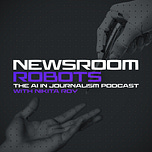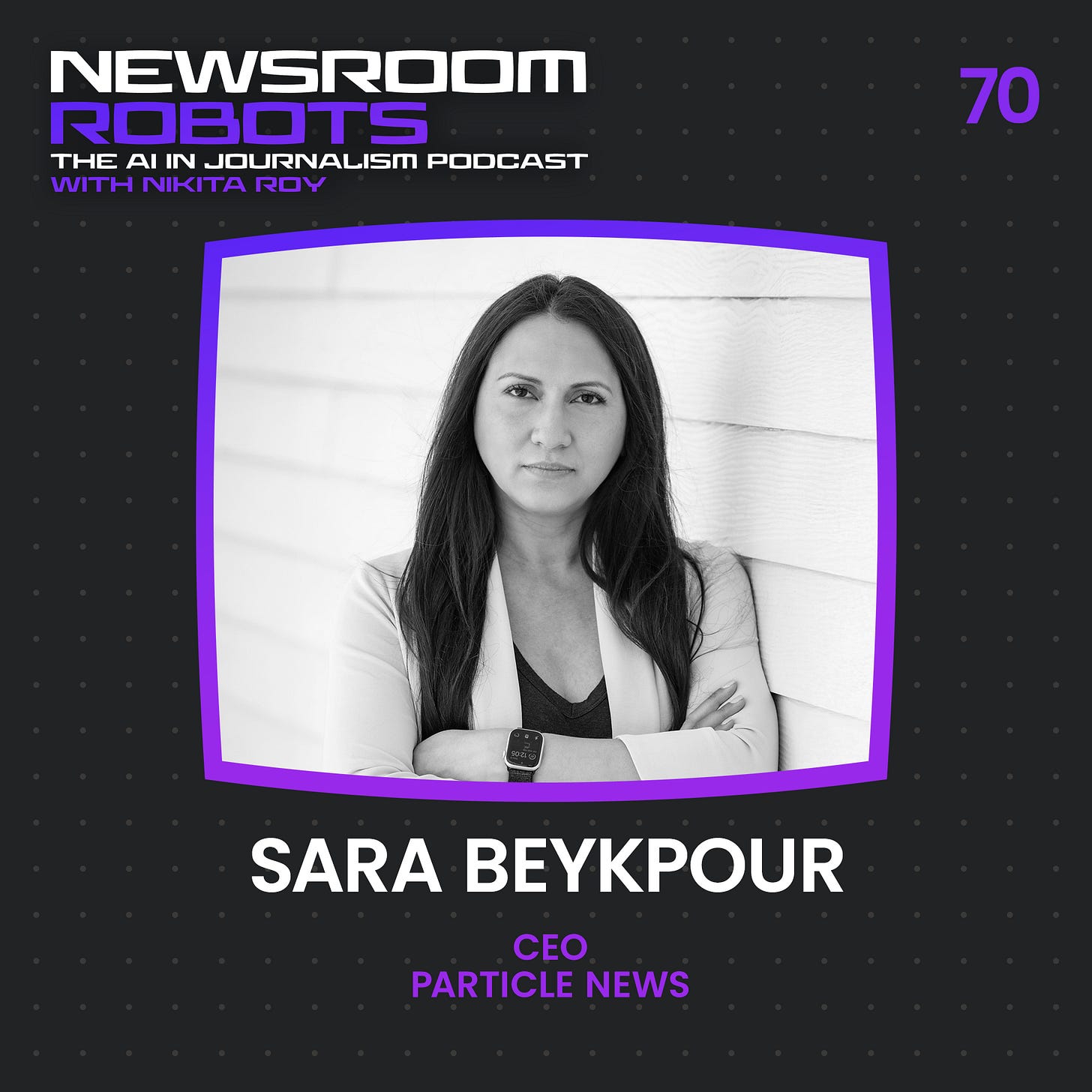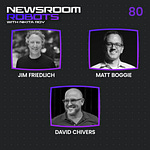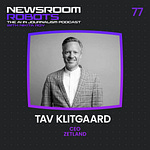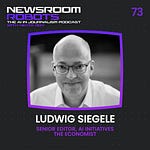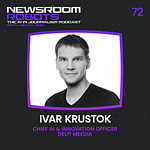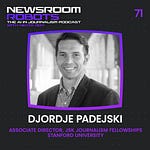How your journalism is packaged, credited, and consumed is shifting — and Particle News offers a glimpse of where aggregation may be headed.
Launched in November 2024, Particle News gives readers a fast way to see how a story is covered from multiple perspectives. It pulls in reporting from across the political spectrum, generates concise summaries, verifies each claim against original sources, and adds a bias meter to show how the story is framed. For users, it’s an incredibly polished news experience. For publishers, it’s a preview of how aggregation technology could reshape the first point of contact with audiences and what that might mean for engagement with their journalism.
This week’s guest is Sara Beykpour, co-founder and CEO of Particle. In this conversation, she takes us inside Particle’s approach to building trust and transparency, and explains why personalization doesn’t have to create filter bubbles.
Here are some of my takeaways from our conversation:
1️⃣ A Methodology Built to Minimize Hallucinations
According to Sara, Particle’s summarization process is designed to keep accuracy front and center. A story isn’t touched until at least three articles from two different publishers are available, ensuring a diversity of viewpoints before any AI is involved. Once a draft summary is produced, it runs through a second “Reality Check” — an additional AI pass that double-verifies each claim against the original reporting, generating citations and a transparent audit log. By combining multi-source input and a verification layer, Particle has built a summarization pipeline that sharply reduces hallucinations while maintaining nuance.
2️⃣ Making Bias Visible Without Creating Filter Bubbles
Rather than trying to eliminate bias, Particle makes it visible. Its bias meter shows how coverage leans left, right, or center, using nonpartisan human-sourced data that’s updated automatically as stories develop. Personalization is based on topics, not sources, so a reader interested in politics will see perspectives from across the spectrum. For users, this approach offers a more complete understanding of the news environment. For publishers, it means your framing of a story becomes one voice among many in a blended, multi-perspective view.
3️⃣ The “Facts-as-API” Future
We discuss a strategic shift that is happening where the “facts layer” of news may eventually function like an API that is licensed, freely exchanged, and remixed while analysis and opinion become the premium offerings.
For an aggregator, that’s a logical and potentially lucrative evolution. Particle already has licensing deals with multiple publishers, including one with Time via Tollbit, ensuring compensation for original reporting.
But here’s the critical point for publishers: when the aggregator becomes the primary interface, your news is no longer the complete narrative package under your masthead. It’s distilled into verified facts, quotes, and bullet points — reassembled alongside competitors’ coverage — in an experience the reader may trust more than your own brand.
In a world where the first touchpoint with your work might be through an aggregator’s summary rather than your own homepage, what happens to your editorial identity? Today’s aggregators often act as traffic drivers, but in the next generation of news aggregators, the summary itself becomes the primary reading experience.
For some publishers, this could be a brand amplifier putting their work in front of audiences they might never otherwise reach. For others, it could feel like a brand filter, where their distinct voice is distilled into a few sentences alongside competitors. The challenge will be to decide how much of their journalism they want to live inside someone else’s container.
🎧 Listen to the full conversation with Sara Beykpour about how she’s building the next AI powered news aggregator on Apple Podcasts, Spotify or other major podcast platforms.

